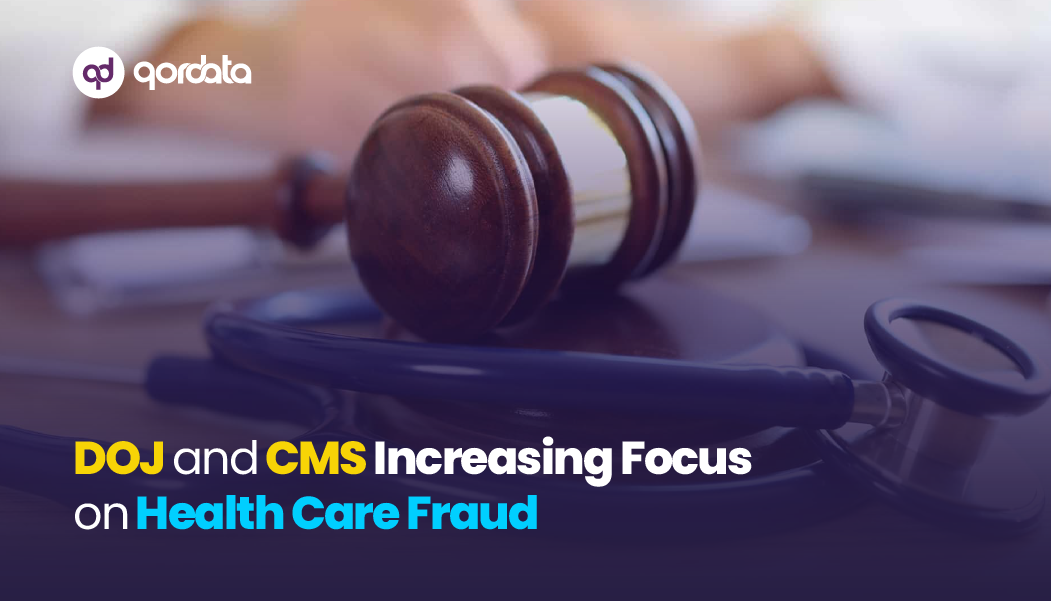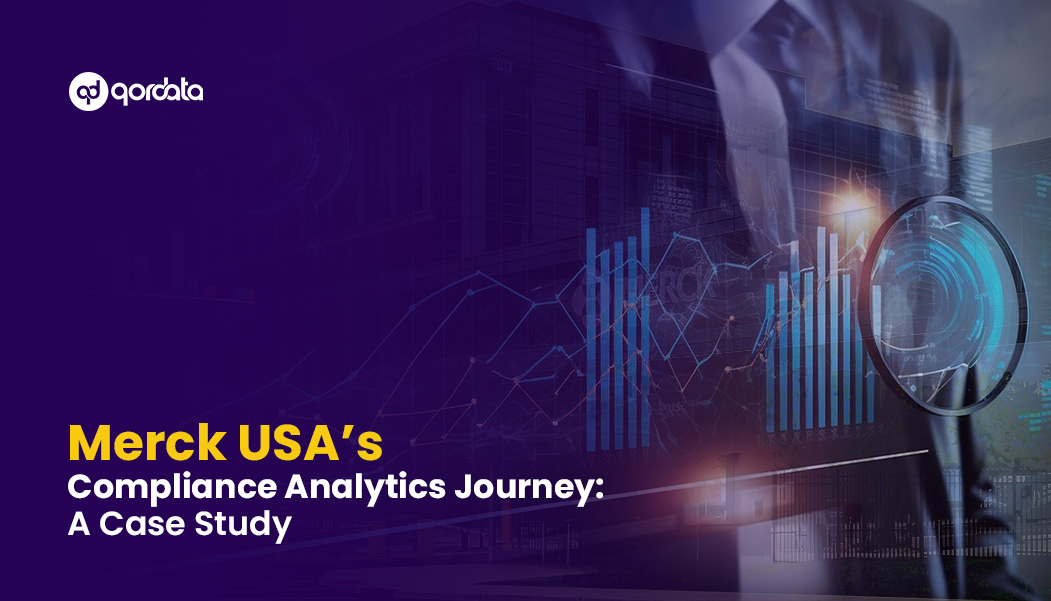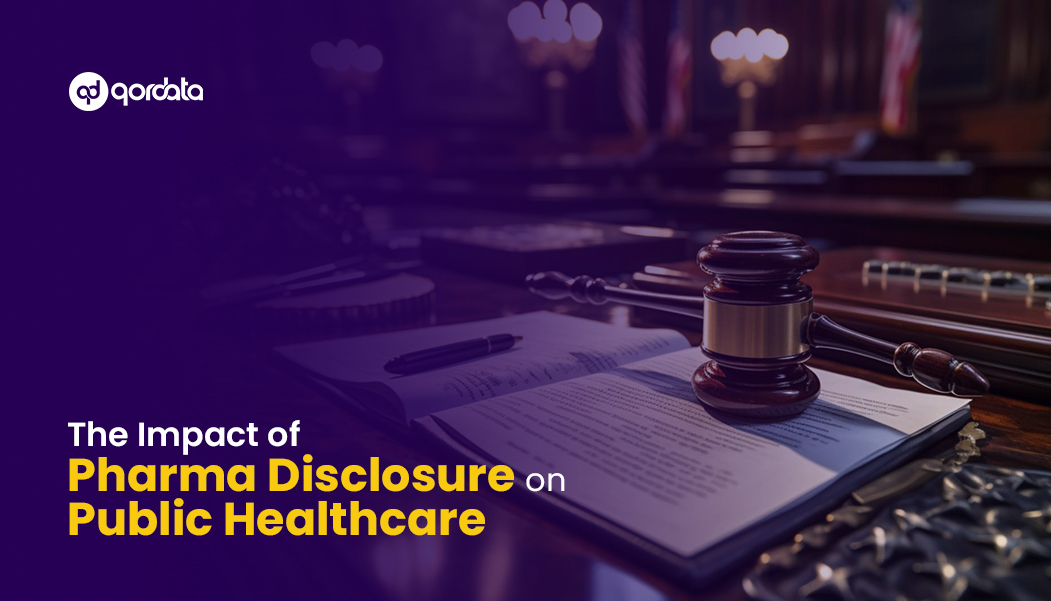Table of Contents
ToggleLife Sciences companies face significant challenges ensuring accuracy and transparency in expense monitoring and auditing. To address these challenges, a few trends have emerged.
Each time life sciences companies think they are on top of compliance requirements, rules and regulations change.
This generally mounts pressure on compliance teams and drains the organizations of their time and resources, making it imperative for life sciences to focus on deriving value and look for a broader range of wins by leveraging advanced, data-driven solutions.
Today, automation, advanced analytics, and technologies such as Optical Character Recognition (OCR) are increasingly used to identify patterns, anomalies, and compliance risks.
This blog will explore trends surrounding the life sciences industry’s expense monitoring and auditing process and discuss how they enable organizations to overcome entrenched challenges and complexities involved in expense
monitoring and auditing.
Automation of Expense Report Monitoring and Auditing
Automation streamlines critical tasks, simplifies and augments the monitoring and auditing process, and enables compliance professionals to focus on more strategic activities by reducing manual intervention.
Another critical advantage of automation is its ability to handle repetitive tasks that were previously time-consuming and prone to human error. Automating processes such as manually checking for inaccuracies, monitoring expenses, and identifying breaches of expense limits reduces human oversight and error.
It saves organizations the time and resources required to ensure compliance with relevant rules and regulations while ensuring effective auditing and monitoring of expenditures.
In a nutshell, automation leads to more reliable and trustworthy financial data that compliance professionals can use to derive actionable insights to drive positive outcomes and ensure that their organization stays within the predefined expense limits.
It significantly reduces human input, maximizes productivity, and augments risk identification.
Be Confident Regarding Your Reports with Our Aggregate Spend Reporting Solution
Real-Time Monitoring and Continuous Auditing
Real-time monitoring and continuous auditing have emerged as crucial practices in expense monitoring and auditing.
Let’s explore the shift towards proactive approaches and the results they produce.
1. Shift toward Real-Time Monitoring and Continuous Auditing
Traditionally, expense monitoring and auditing were conducted retrospectively in the life sciences sector, with periodic records reviews. However, a notable shift towards real-time monitoring and continuous auditing has occurred.
This shift is due to increased scrutiny around expenditure and heightened compliance expectations from regulators.
It demands life sciences build a proactive expense monitoring and auditing process to ensure up-to-date visibility into organizational expenses.
2. Data-Driven and Real-Time Monitoring, Auditing & Analysis
With a data-driven compliance platform, data can be monitored and captured in real time, ensuring compliance professionals can access the most updated information, streamline compliance operations and identify and remediate business-critical risks.
Combined with advanced analytics functionality, a data-driven compliance platform enables compliance professionals to conduct real-time data analysis to derive actionable insights, allowing for prompt identification of anomalies, trends, and potential compliance risks.
Additionally, exceptional reporting mechanisms highlighting transactions that deviate from established policies, triggering immediate investigation and resolution, us the way forward for life sciences.
3. Expense Data Visualization and Adherence to Predefined Expense Limits
Data visualization transforms complex expense data into visual representations such as interactive dashboards.
These visualizations provide a clear and concise overview of expense data, making it easier for compliance professionals to identify trends, patterns, and potential risks of breaching established policies and procedures. This optimal level of expense monitoring ensures adherence to predefined expense limits.
In addition, Compliance professionals can leverage interactive dashboards and visual analytics tools to filter information based on specific criteria and drill down into details, i.e., analyze spending around HCP meals, travel and accommodations, and more.
This enhances the ability to promptly detect and mitigate compliance risks, ensuring adherence to predefined expense limits and regulatory requirements.
In summary, data visualization is valuable in expense monitoring and auditing. By using interactive dashboards and visual analytics tools, compliance professionals can gain insights from complex expense data, improve decision-making, and improve compliance oversight.
Expense Monitoring & Auditing Solution: The Way Forward
Staying updated with emerging expense monitoring and auditing trends is crucial for life sciences companies to ensure effective compliance in the dynamic regulatory landscape.
Here’s how qordata’s Expense Monitoring and Auditing solution compliance professionals can effectively navigate the evolving landscape by:
• Quick and automated auditing of 100% of commercial expenses data
• Ensure compliance with expense limits effortlessly
• Gain comprehensive insights for managing company-wide expenses
• Extract reports and attachments with the SAP Concur Connector
• Convert various documents into machine-readable text using OCR Technology
• Customize audit rules for streamlined auditing
• Override audit results manually (if needed)
• Manage risk by moving risky reps and reports to the workbench
• Access previous audits for deeper analysis
• Stay compliant with local laws, regulations, and internal policies



